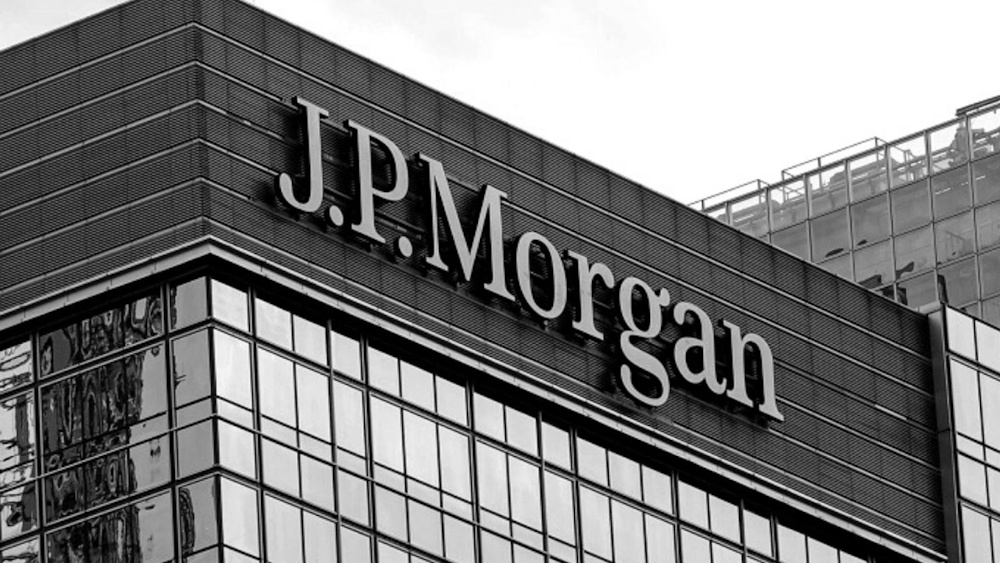
Stocks experienced a decline on Thursday, reflecting growing concerns regarding turmoil in the credit market and the vulnerabilities of regional banks to non-performing loans. The Dow experienced a decline of 301 points, translating to a decrease of 0.65%. The broader S&P 500 experienced a decline of 0.63%, while the tech-heavy Nasdaq Composite fell by 0.47%. Volatility has resurfaced, driven by escalating US-China trade tensions, apprehensions regarding historically high stock valuations, and emerging challenges within the banking sector. Shares of regional banks experienced a significant decline on Thursday following the revelation of borrower-related issues by two lenders. This development has heightened concerns regarding the stability of the credit market and the possible adverse effects on the stock market and the wider economy.
Zions Bancorp experienced a decline of 13% following the bank’s announcement of a $50 million loss in the third quarter attributed to a problematic loan. Western Alliance Bancorp dropped 10.8% following the disclosure of a lawsuit against a borrower, citing allegations of fraud. “Credit quality worries are plaguing Wall Street today as fears mount that there are multiple large lenders with heavy exposure to problematic loans with limited collateral,” stated José Torres. The disclosures follow the recent bankruptcy filings of auto lenders First Brands and Tricolor Holdings in September. Concerns are mounting regarding the exposure of major financial institutions to loans that may not be repaid. Jefferies experienced a decline of 10.6% on Thursday as the bank navigates the repercussions of its exposure to First Brands. Jefferies shares experienced their most significant decline since April, with a decrease of 25% recorded thus far this month. “Everyone is inquiring whether that serves as a canary in the coal mine?” Michael Block. “They are expected to be the most intelligent individuals present. Everyone is anticipating a significant event,” Block stated. “There is a little baby shoe dropping in the form of Jefferies.”
It may be a case of a false alarm, or it could be indicative that where there is smoke, there is indeed fire. Dimon indicated that JPMorgan allocates $2 billion annually towards the development of artificial intelligence technology, while realizing savings approximately equal to that investment each year. Fear gauge, the VIX, surged by 22.6%, reaching its highest level since May. Fear and Greed index has fallen into “extreme fear” territory for the first time since April. Approximately 80% of firms within the S&P 500 experienced declines on Thursday. The KBW Nasdaq Regional Banking index experienced a decline of 6.3%. Gold futures experienced a notable increase of 3.1%, exceeding $4,300 per troy ounce for the first time in history, as investors flocked to safe-haven assets. Silver futures experienced a notable increase of 3.8%, reaching an unprecedented peak. Bonds were eagerly acquired by investors, resulting in a decline in yields. The 10-year yield has declined to below 4%, marking its lowest point since April. The two-year yield declined to 3.42%, marking its lowest level since 2022.
Jamie Dimon expressed his concerns regarding the credit environment during the company’s earnings call on Tuesday. JPMorgan revealed a $170 million exposure to Tricolor. “These are early signs there might be some excess out there,” Dimon stated, “If we ever have a downturn, you’re going to see quite a bit more credit issues.” Dimon remarked on Thursday “I observe that asset prices are at elevated levels, while credit spreads remain notably compressed… I’d feel more comfortable if that weren’t true because that’s a long way to fall. And it appears that the market is somewhat optimistic about the future, yet I remain uncertain about that.”

